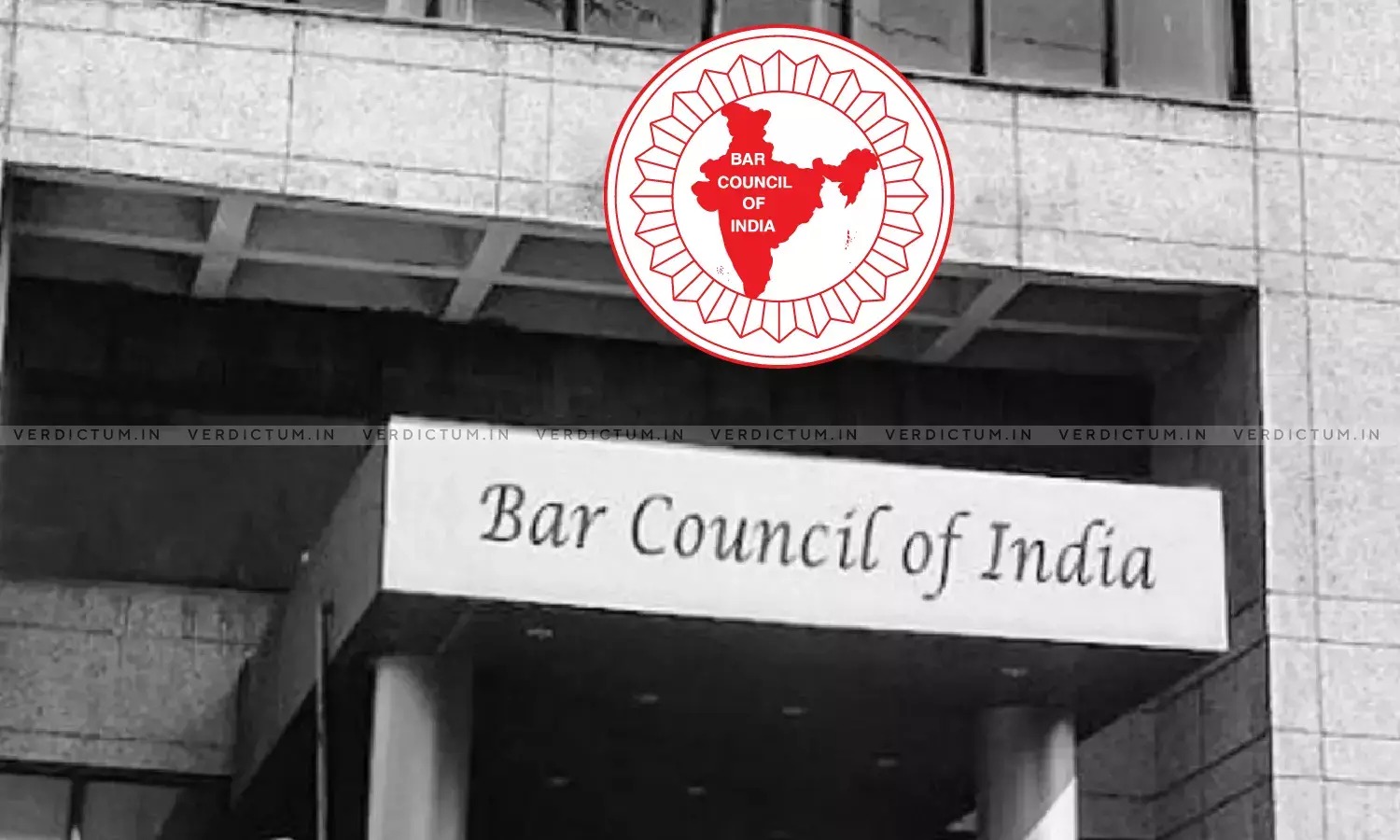Madhavan Nair, J.@mdashThis is an appeal by the plaintiff whose suit for recovery of property with arrears of purappad, in redemption of a panayam evidenced by Ext. A1 dated May 10, 1948, has been dismissed by the court below. The defence was that, though the document is styled as a panayam, the transaction was really one of tenancy entitling the grantee to fixity of tenure. The Munsif held the transaction to be a mortgage and therefore decreed the suit. But, the Subordinate Judge held the same to be one of tenancy and therefore dismissed the suit in toto. Hence this Second Appeal. The document stipulates the mortgage amount to be Rs. 15/- and the purappad payable, after setting off out of the profits of the property the interest on the mortgage amount, as 35 parahs of paddy worth, on the date of the document, Rs. 57 odd. No doubt, there is a right of sale conferred on the mortgagee for enforcement of repayment of the advance; and counsel for the appellant contended that the same is a sure indication that the transaction is a mortgage. Reliance was had on the ruling of Raman Nayar J. in Hussain Thangal v All (1961 K.L.J. 1291) which has been followed by me in Ammukutty Amma v Ahammad (1961 KLT 758). I have observed that provisions for personal liability for the amount advanced under the document as also for sale of the demised property to enforce the same are totally inconsistent with a kanom, and that they being totally inconsistent with the'' nature of a kanom or the mere creation of a tenancy are decisive of the transaction being only a mortgage. Subsequently, a Division Bench constituted by Velu Filial J.'' and Mathew J. has also held in Ayyappan v Venkiteswara Naicken (1962 K.L.J. 1291) the right of sale as indicative of a mortgage. However, in S.A. No. 41 of 1959 another Bench constituted by the Chief Justice and myself, has construed a provision for a sale not decisive of the nature of the transaction wherein the interest on the amount advanced was too small in relation to the profits of the property and held such a transaction to be one of tenancy and not of mortgage. Section 2(22) of Kerala Act I of 1964 defines an incident of a kanom to be ''a right in the transferee to hold the said property liable for the consideration paid by him or due to him'', which necessarily connotes a right of sale of the property for realisation of the amount. It must then follow that a right of sale in enforcement of the amount advanced cannot be a decisive factor, that being, by the very definition, an incident of a kanom which is admittedly a transaction of tenancy only. The evidence shows that the plaintiff is a very rich man whose annual income includes six thousand parahs of paddy. It is difficult then to conceive of his necessity to borrow Rs. 15/-on mortgage of 1 acre and 32 cents of land. The fact that the amount advanced is only Rs. 15/- but the purappad payable annually by the mortgagee to the mortgagor is over Rs. 57/- shows that the major aspect of the transaction was the rent of the land and not of its being security for the loan. I therefore agree with the court below that Ext. A1 represents a kanom and not a mortgage, within the meaning of Act I of 1964.
2. Though there was a prayer for recovery of arrears of purappad, the court below on holding the transaction to be a kanom, has dismissed the suit in its entirety. There is no justification therefore. Whether the transaction be a kanom or a mortgage, the plaintiff has a right to recover ''purappad'' which is stipulated to be payable annually under the deed. Dismissal of the suit in regard to arrears of purappad has therefore to be set aside. In the circumstances, I affirm the decree of the court below except in regard to arrears of purappad for which there will be a decree as prayed for in the plaint, subject to the defendant''s right, if any, to discharge the same under the provisions of section 73 of Act I of 1964. The plaintiff will have one-half of his costs throughout.

